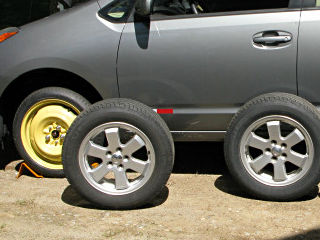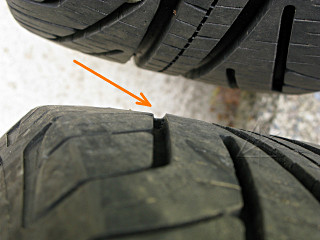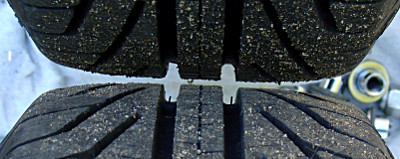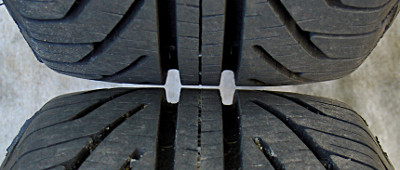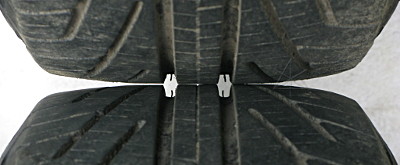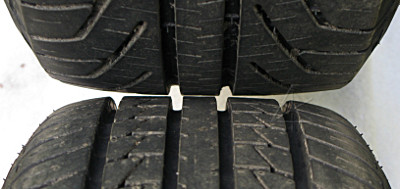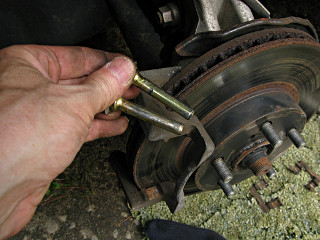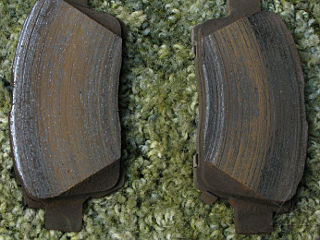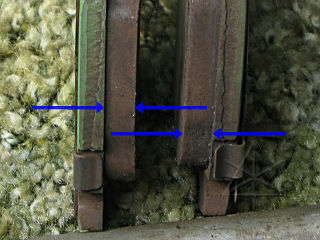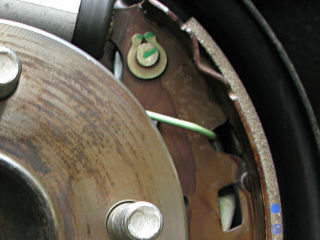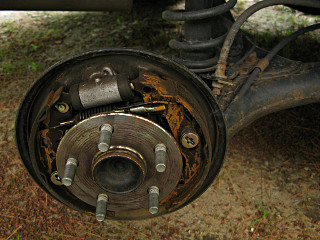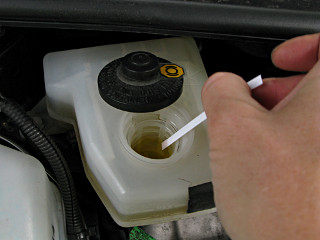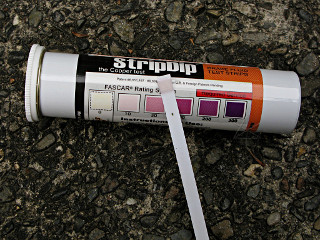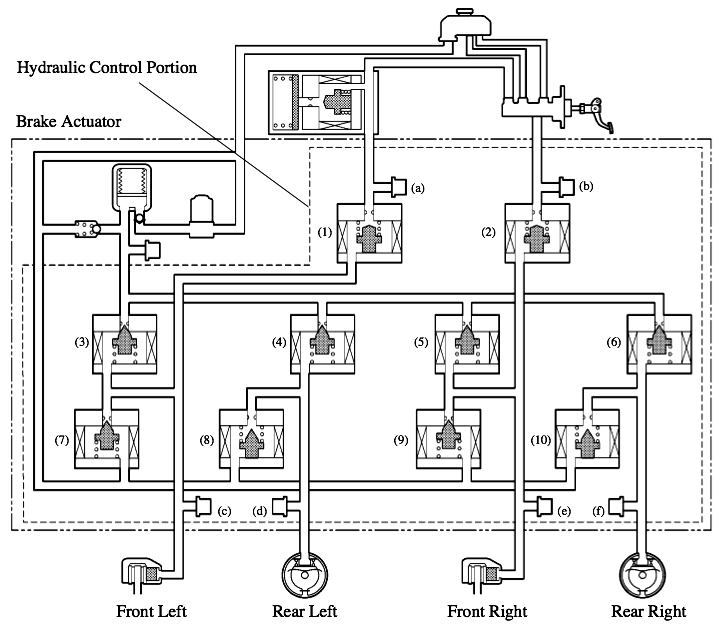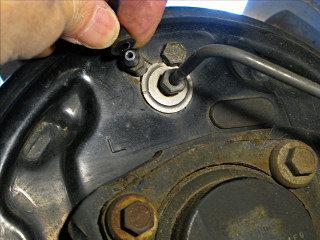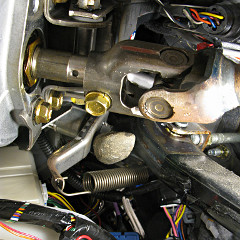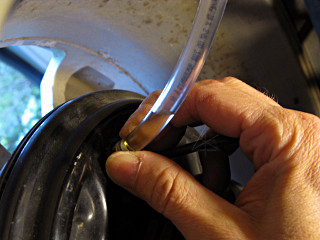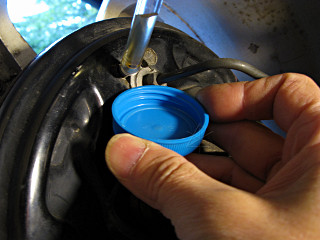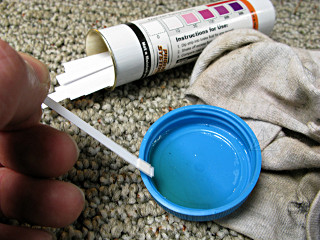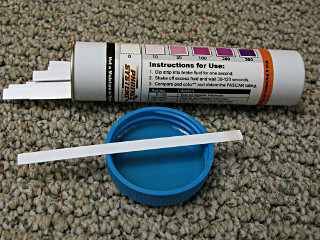In general, the second-generation Prius has proven itself to need relatively little in the way of maintenance through most of its expected lifetime and well beyond, in stark contrast to many other vehicles, and the maintenance schedule given by Toyota reflects this by specifying little other than oil changes all the way up past the 100K point and then fairly minimal attention thereafter. The owner community has recommended a couple of extra fluid-change intervals that are prudent to take care of a little sooner than Toyota would have us believe, such as getting the factory fill of transaxle lubricant out of there between 30K and 50K, but other than that it's a refreshingly sparse list of things to worry about. But as the '04 thru '09 cars continue to age and fall off original or extended warranty, more owners will be looking to take care of the continuing maintenance themselves or seek out good independent shops who are preferably open to learning from the online community's experience.
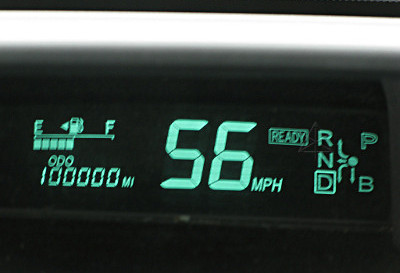
Thus, while opening up and inspecting/cleaning the pack interconnects in this car has been on the eventual to-do list, it will safely wait until later on. It's five years old now and still going strong, after having, at a rough semi-calculated guess, the better part of a megawatt-hour of energy pushed in and out of it. That would be the equivalent to something on the order of over 500 full-cycle charges and discharges of 6.5 Ah at 201 volts, but of course the tight state-of-charge management applied to these packs constrains that to many more narrow "microcycles" and more or less eliminates the effects of overall cycle life. But this page isn't here to talk about battery chemistry; we've got the rest of the regular *car* stuff to take care of.
[Small images generally link to larger copies, as usual, providing more detail.]
